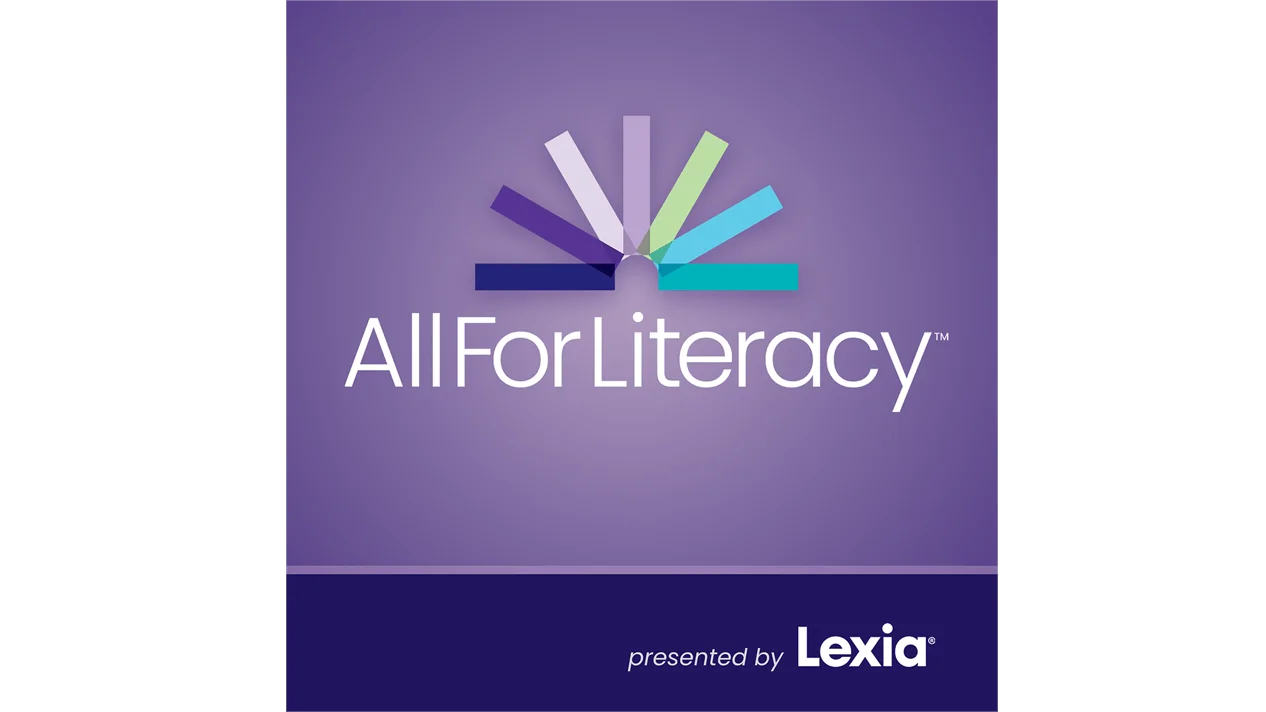11/13/2025
Turning Data into Action
When we talk about literacy intervention, it’s easy to picture stacks of assessments and spreadsheets—but data is so much more than numbers on a page. It’s the story of every student’s learning journey. In a recent episode of All For Literacy, Maggi Lambert reminded us that when schools embrace data as a living, breathing part of their culture, it transforms not just instruction, but the entire community.
"Data isn’t about labeling students; it’s about unlocking opportunities"
—Maggi Lambert
That simple statement captures the heart of what a data-driven literacy program should be: a tool for empowerment, not judgment.
Why Data Matters More Than Ever
Educators know the stakes. Literacy is foundational, and intervention often feels like a race against time. But without a clear picture of where students are—and where they need to go—our best intentions can fall short. Data-driven literacy instruction provides that clarity.
When schools use data effectively, they move beyond reactive measures. Instead of waiting for students to fail before offering support, they can anticipate needs, personalize instruction, and allocate resources strategically. This proactive approach doesn’t just improve outcomes; it builds confidence among teachers and students alike.
From Numbers to Narratives
One of the most powerful ideas Maggi emphasized is that data should never live in isolation. It’s not enough to collect scores and benchmarks; schools must create systems where data informs daily practice.
Imagine a school where:
Teachers collaborate weekly to review progress monitoring reports.
Interventionists adjust strategies based on real-time feedback.
Principals lead with transparency, using data to celebrate growth and identify gaps.
This isn’t hypothetical—it’s happening in schools that commit to making data actionable. And the ripple effect is profound: teachers feel supported, students receive timely help, and families gain confidence in the process.
Building a Data-Driven Culture
Implementing a data-driven reading intervention program isn’t about adding more work to already full plates. It’s about creating alignment and clarity. Here are three steps to start:
Establish Shared Goals
Begin with a clear vision: What does success look like for your students? Define measurable targets that everyone—from classroom teachers to building leaders—can rally around.Create Collaborative Structures
Data meetings shouldn’t feel punitive; they should feel purposeful. Schedule regular, focused sessions where educators analyze trends, share strategies, and celebrate wins.Invest in Professional Learning
Data is only as powerful as the people interpreting it. Provide training that helps teachers and interventionists turn numbers into actionable insights.
As Maggi noted, “When everyone understands the ‘why’ behind the data, it stops being a task and starts being a mission.”
The Human Side of Data
It’s easy to get lost in charts and graphs, but at its core, data is about people. Every percentage point represents a child with dreams, challenges, and potential. A data-driven approach to literacy doesn’t replace relationships—it strengthens them. When teachers see progress reflected in the numbers, it validates their hard work and fuels their commitment. When students experience growth, they feel seen and supported.
Ready to Dive Deeper?
If you’re wondering how to bring these ideas to life in your school, Maggi Lambert’s insights are a must-hear. Her experience and practical strategies offer a roadmap for turning data into action—and building a literacy culture that truly works.
Listen to the full episode of All For Literacy featuring Maggi Lambert and discover how data can become your most powerful ally in the fight for literacy success.

